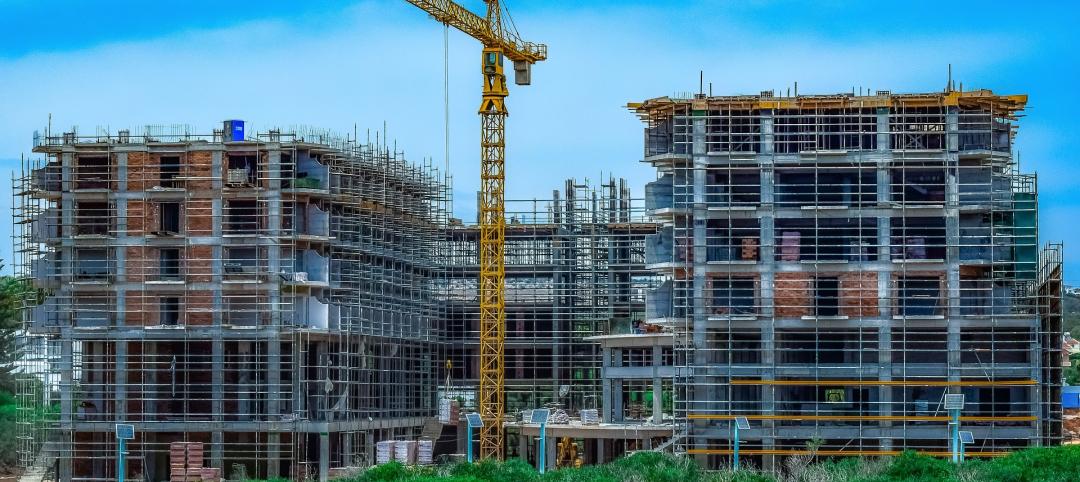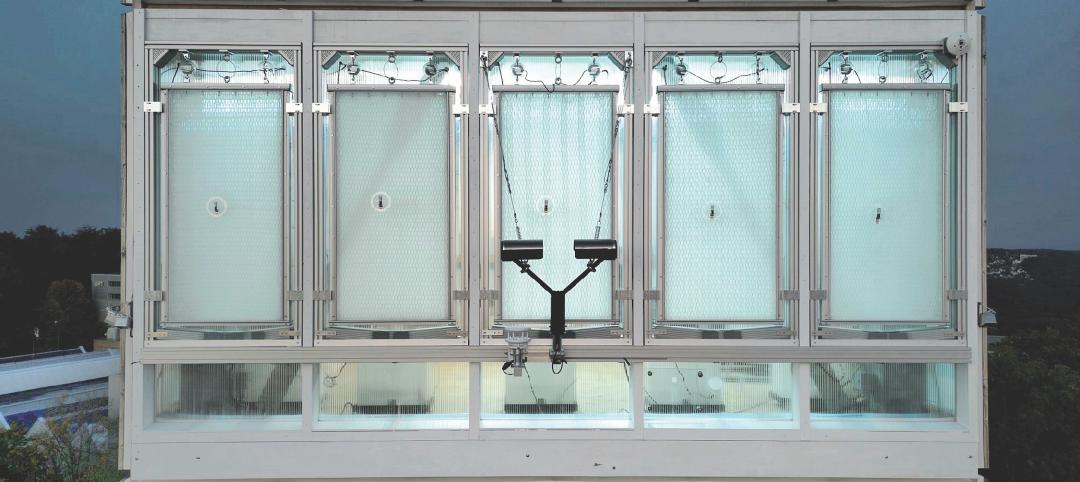The industry’s old-school ways mean contractors waste time and money mailing revisions to blueprints, tracking paper receipts and invoices, or traveling long distances to do on-site inspections of small changes.
95% of construction and engineering professionals think tech/innovation will significantly change their business2.
As construction professionals shoulder even more pressure to boost razor-thin profit margins, leaders are beginning to embrace the digital revolution. Fifty-five percent of construction and engineering professionals said their industry is ripe for disruption in a 2017 global survey conducted by KPMG; 95% think technology/innovation will significantly change their business; and 74% believe such a change will happen in less than five years2.
Digital disruption doesn’t have to be a burden. Here are three ways to harness digital tools to your advantage.

Manage Projects From Anywhere
Hard drives and technology are more visible than ever on the job site. Crews are now using tablets, for example, to review and inspect plans instead of old-fashioned paper blueprints. Some new applications help managers inspect remote sites by providing digital photos.
In addition, project management software can save time and increase transparency by ensuring that updates, revisions and plan changes are shared in real time, cutting down on errors and delays.

Manage Jobs Better On-Site
Increasingly, on-site job leaders are using tech to monitor and improve operations in real-time.
New mobile platforms allow foremen to update blueprints immediately on-site, instead of having to make the trip back to the office. Workers can annotate and track punch lists from the construction zone, letting them work nimbly in the field when inevitable changes on-site arise.
New mobile platforms allow foremen to update blueprints immediately on-site, instead of having to make the trip back to the office.
Being able to adjust or change plans in real-time reduces or eliminates the time-delay that can be a killer on projects. Some digital tools allow foremen to immediately retrieve and compare data on actual project hours, budgeted hours, and remaining hours, which helps keep projects on or close to budget.
Harry, a VP of Operations at a midsize construction firm, said the way that work gets done is definitely changing. “There's not too many contractors that don't have somebody that’s schooled in software,” he said. “Most of them have gotten smart enough to know that that helps.”

Track Expenses, Everywhere, Digitally
Having centralized expense control enables the home office to get a birds-eye view of all the project expenses — even those out-of-state.
Owners of mid-size construction firms say that it helps control expenses when their out-of-state workers are aware that their spending is being reviewed regularly.
Jake, the owner and operations manager for a construction firm that does about $25 million in annual sales on projects in multiple states, said, “We want our guys that are out of state to be aware that we're reviewing what they’re spending.”
Turning to the latest digital solutions helps construction leaders quickly and easily tabulate expenses and other various needs for projects. Additionally, by avoiding paper, expenses don’t fall through the cracks and pile up without your knowledge.
Custom business Credit Card programs allow firms to digitize their invoices, track expenditures and automate payments through online dashboards.
“We know ahead of time what our costs are going to be,” said Robert, president of a mid-sized construction firm. “We break up those costs, allowing our field personnel to make purchases for specific projects, up to a certain amount.”
Custom business Credit Card programs allow firms to digitize their invoices, track expenditures and automate payments through online dashboards.
“When we were looking around, I asked a couple of friends what they were doing as far as controlling their expenses and what they thought was the best way to go,” Robert said. “Most of them are using a combination of corporate cards and online financial management tools to manage their cash flow.”
Related Stories
Contractors | Apr 11, 2023
The average U.S. contractor has 8.7 months worth of construction work in the pipeline, as of March 2023
Associated Builders and Contractors reported that its Construction Backlog Indicator declined to 8.7 months in March, according to an ABC member survey conducted March 20 to April 3. The reading is 0.4 months higher than in March 2022.
Contractors | Apr 10, 2023
What makes prefabrication work? Factors every construction project should consider
There are many factors requiring careful consideration when determining whether a project is a good fit for prefabrication. JE Dunn’s Brian Burkett breaks down the most important considerations.
Mixed-Use | Apr 7, 2023
New Nashville mixed-use high-rise features curved, stepped massing and wellness focus
Construction recently started on 5 City Blvd, a new 15-story office and mixed-use building in Nashville, Tenn. Located on a uniquely shaped site, the 730,000-sf structure features curved, stepped massing and amenities with a focus on wellness.
Smart Buildings | Apr 7, 2023
Carnegie Mellon University's research on advanced building sensors provokes heated controversy
A research project to test next-generation building sensors at Carnegie Mellon University provoked intense debate over the privacy implications of widespread deployment of the devices in a new 90,000-sf building. The light-switch-size devices, capable of measuring 12 types of data including motion and sound, were mounted in more than 300 locations throughout the building.
Affordable Housing | Apr 7, 2023
Florida’s affordable housing law expected to fuel multifamily residential projects
Florida Gov. Ron DeSantis recently signed into law affordable housing legislation that includes $711 million for housing programs and tax breaks for developers. The new law will supersede local governments’ zoning, density, and height requirements.
Energy Efficiency | Apr 7, 2023
Department of Energy makes $1 billion available for states, local governments to upgrade building codes
The U.S. Department of Energy is offering funding to help state and local governments upgrade their building codes to boost energy efficiency. The funding will support improved building codes that reduce carbon emissions and improve energy efficiency, according to DOE.
Architects | Apr 6, 2023
New tool from Perkins&Will will make public health data more accessible to designers and architects
Called PRECEDE, the dashboard is an open-source tool developed by Perkins&Will that draws on federal data to identify and assess community health priorities within the U.S. by location. The firm was recently awarded a $30,000 ASID Foundation Grant to enhance the tool.
Market Data | Apr 6, 2023
JLL’s 2023 Construction Outlook foresees growth tempered by cost increases
The easing of supply chain snags for some product categories, and the dispensing with global COVID measures, have returned the North American construction sector to a sense of normal. However, that return is proving to be complicated, with the construction industry remaining exceptionally busy at a time when labor and materials cost inflation continues to put pricing pressure on projects, leading to caution in anticipation of a possible downturn. That’s the prognosis of JLL’s just-released 2023 U.S. and Canada Construction Outlook.
Cladding and Facade Systems | Apr 5, 2023
Façade innovation: University of Stuttgart tests a ‘saturated building skin’ for lessening heat islands
HydroSKIN is a façade made with textiles that stores rainwater and uses it later to cool hot building exteriors. The façade innovation consists of an external, multilayered 3D textile that acts as a water collector and evaporator.
Market Data | Apr 4, 2023
Nonresidential construction spending up 0.4% in February 2023
National nonresidential construction spending increased 0.4% in February, according to an Associated Builders and Contractors analysis of data published by the U.S. Census Bureau. On a seasonally adjusted annualized basis, nonresidential spending totaled $982.2 billion for the month, up 16.8% from the previous year.
















